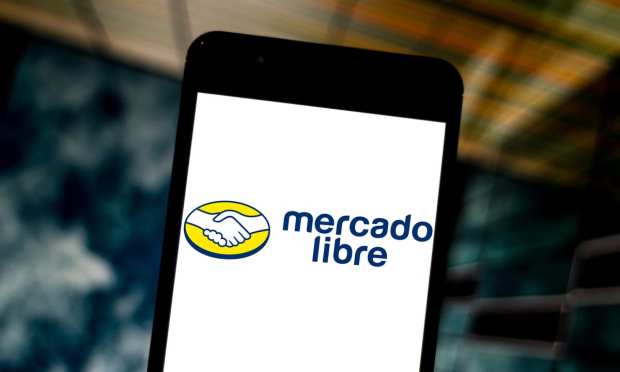Mercado Libre’s New Crypto Raises More Questions Than Answers

The Mercado Coin announced Thursday (Aug. 18) by Latin American eCommerce giant Mercado Libre may be a digital currency issued on the Ethereum blockchain, but it’s not really a traditional cryptocurrency.
It will be free-floating, with an initial price of $0.10, so it’s not a stablecoin, but it will only be tradable — and at present storable — on the company’s own Mercado Pago digital wallet, Reuters reported. Nor will outside exchanges list it at present.
Besides, Mercado Pago already has a stablecoin — the USD Paxos (USDP) coin added in December, along with bitcoin and ether when the company added crypto capabilities to the digital wallet. That’s the same one that Meta is integrating onto its WhatsApp messaging service.
Mercado Coin won’t be sold directly either, but earned via the company’s loyalty program — and, at present, only in Brazil, where it will roll out to the firm’s 80 million-strong customer base by the end of the month.
This all raises the question, “What is Mercado Coin?”
A Private Currency
One answer is that it’s something like Facebook Coin, the social media giant’s first attempt at an internal digital currency, which ran from 2011 to 2013.
Unlike Meta’s more recent, but equally abortive, Libra/Diem stablecoin project (2019-2022), Facebook Credits weren’t blockchain-based cryptocurrencies, but a proprietary virtual currency usable for payments on the platform. It was also valued at 10 cents, but targeted independent sellers on Facebook’s platform.
Facebook also took a 30% cut of all sales, which didn’t help, but a far bigger problem was that there just wasn’t enough to buy on the platform to give people a reason to use it.
Given that Mercado Libre is Latin America’s largest online marketplace and its answer to Amazon, it doesn’t seem likely that users will have trouble finding a way — or a reason — to spend it.
In some ways, Mercado Coin looks similar to the JPM Coin launched by banking giant J.P. Morgan in February 2019 on its Quorum blockchain — a permissioned system usable only by approved partners (and sold to Consensys in August 2020). While that was a back-end, or wholesale, settlement token usable between companies using Quorum to make internal-only value transfers, it was a cryptocurrency for a closed ecosystem.
Private Benefits
There are several benefits to a virtual currency in a closed ecosystem.
The economics are better, as the issuer has a great deal of control, and can adjust scarcity — and thus presumably value — by minting more (or handing out more) tokens to increase the supply, or by distributing fewer or burning them to decrease it.
And there’s a lot more fraud control. Most notably, the issuer can freeze tokens that have been reported stolen. And, it can simply shut down any use it considers inappropriate by threatening to expel those responsible.
But there are simpler ways to do that. Amazon Rewards points, for example, translate to $0.01 worth of buying power, like most loyalty programs. Of course, Amazon will certainly be looking at Mercado Coin to see what it does bring.
How Open?
It’s not clear that Mercado Coin will be usable only on Mercado Libre.
For one thing, the price will float according to market demand, which doesn’t make much sense for an asset usable only on one marketplace.
On the one hand, why allow the possibility that the value will decline even a little if Mercado Coin is nothing more than an internal loyalty program currency?
On the other, why allow the possibility that the value will increase even a little, if it’s to be used only for purchases from Mercado Libre or its seller network?
So how will it be used in a way that not only benefits Mercado Libre’s customers and its bottom line, but also doesn’t let it be used by bad actors who will give a bad name to a cryptocurrency token that bears the company name?
For all PYMNTS crypto coverage, subscribe to the daily Crypto Newsletter.
